Streamlining production through digital fabrication and lean manufacturing
Production doesn’t need to be complicated, so at SHIELD… it isn’t. Employing both digital fabrication and lean manufacturing has helped make our production process relatively painless and allows our products to be created on a convenient timeline. Never heard of digital fabrication or lean manufacturing? No worries, that’s why we’re here.
Here’s a quick look at how SHIELD uses digital fabrication and lean manufacturing and the benefits both brings to the creative process.
What is digital fabrication?
Digital fabrication is a complicated topic that can get really confusing, really fast. While many internet definitions of the term are complex and full of jargon, Opendesk offers a simplified version:
“Digital fabrication is a type of manufacturing process where the machine used is controlled by a computer. The machines can reliably be programmed to make consistent products from digital designs.”
There are three main types of digital fabrication: 3D printing, CNC machining and laser cutting. 3D printing is an additive technology that builds a product from the bottom up, layer by layer. CNC machining and laser cutting are subtractive technologies that cut away at a large piece of material to create the final product. Chris Anderson explained additive and subtractive technologies in his book Makers; The New Industrial Revolution:
“An additive process deposits material where the object ‘is’; a subtractive process takes away material where the object ‘isn’t.’” (p.90)
This, in a nutshell, is digital fabrication—computer-controlled manufacturing that either builds a product from the bottom up or cuts away at material to create the product from the top down. While the concept of digital fabrication itself is certainly much more complex, this simplified definition of the process provides a basis for understanding the benefits and drawbacks of the technique.
How do we utilize digital fabrication?
By employing a CNC machine to cut our solid surface sheets, we save vast amounts of time. The computer-controlled CNC machine can accurately cut a sheet down to any desired size much faster than any employee can. Therefore, when we get a product order, we can quickly cut the sheet of solid surface down to the necessary size, and use our lean manufacturing techniques to more quickly produce the product.
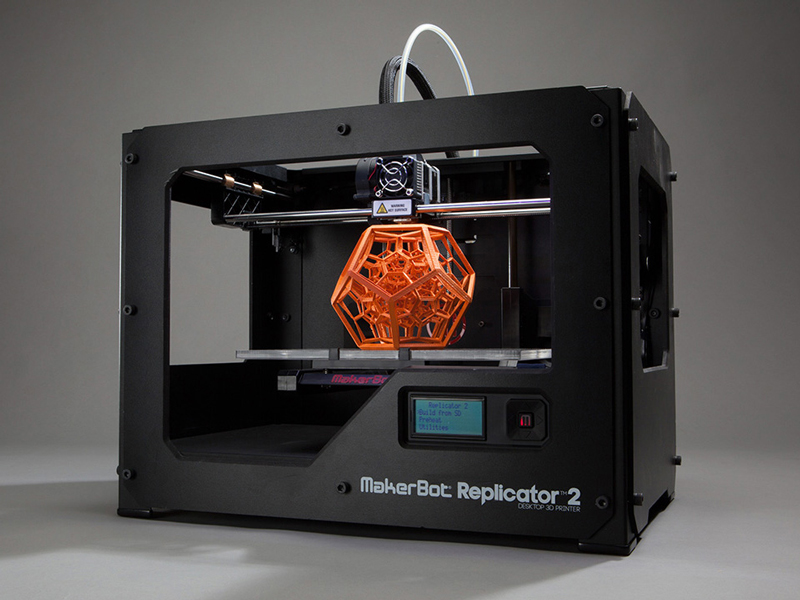
Image via extremetech.com
What is lean manufacturing?
Centered on the goal of minimizing waste while maximizing productivity, lean manufacturing isn’t a new concept. In fact, one of its first appearances was in the manufacturing of Henry Ford’s Model T in the early 1900s. The creation of the assembly line featured the concept of “continuous flow” that we continue to employ today.
At SHIELD, lean manufacturing moves throughout the entirety of the creation of a product.
Engineering
Manufacturing can’t begin until the engineering process has been completed, so we’ve taken steps to make sure that the process is as efficient as possible. This means we have invested in software that maximizes our yields in material while minimizing the time we spend programming machines.
By standardizing outputs and and organizing all parts of a product into stock material sizes, we save sizable amounts of time in the production process and can begin manufacturing sooner.
Manufacturing: Shop Layout
At SHIELD, our shop is where lean manufacturing shines. Designed in a linear fashion, moving from CNC to the fabrication line to the loading dock is a seamless process.
Throughout the years we have worked to make the shop as efficient as it is today. In the early days, how to improve our production line was a constant discussion. Ultimately, our fabrication department underwent a week-long reorganization where we made some large changes including;
- Adding additional dust collection systems
- Building custom tables for fabrication and transportation
- Utilizing rows of conveyors
- Eliminating the frequent use of panel carts
What difference do these processes make?
With these two techniques in tow, SHIELD has been able to make our production process run conveniently for both clients and our staff. Digital fabrication has allowed us to focus more on the design and functionality of a product instead of worrying about if we will have enough material or how quickly it can be cut. With the computer driven machine computing the most efficient cutting path the fabrication process can begin within a quick timeframe and our waste is minimized.
Lean manufacturing only adds to the convenience that is created through digital fabrication. By making our physical processes seamless we can ensure that every step of production works to its full capacity.
Digital fabrication is, on the whole, a faster and cheaper process, business owners save time and money, and these savings can be passed down to the customer. Moreover, digital fabrication encourages creativity and customization, as there’s no price increase for making a one-of-a-kind product.
DigFab at Shield
We use a CNC machine to cut our sheets of solid surface into the desired sizes and shapes. CNC machining is one of the first steps in the manufacturing process, and by employing this machine early on, we save large amounts of time and money.
The machine can cut around 17 sheets of solid surface each day—an amount far greater than could be done by hand. Moreover, the computer-programmed machine ensures perfect cuts that most efficiently utilize the material, resulting in little material waste.
The amount of time we save in just this phase of production—cutting the solid surface via a CNC machine—results in a much quicker production process, which further results in a lower price for the finished good. The money we save by using a CNC machine is then passed down to our clients.
Moreover, because product changes are simple to make, clients can customize the product to fit their needs without a ridiculous increase in price, encouraging customization and creativity. With digital manufacturing, it’s a win-win.


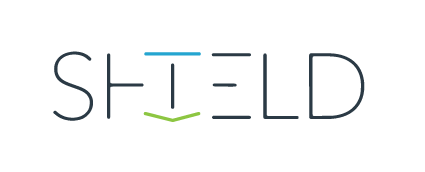


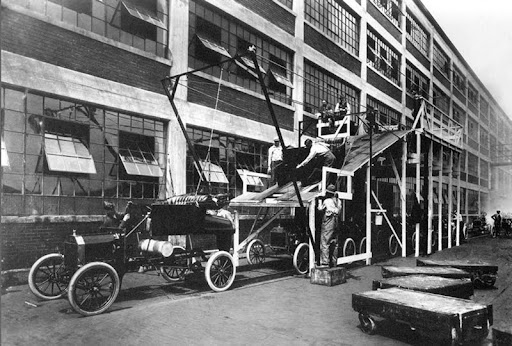
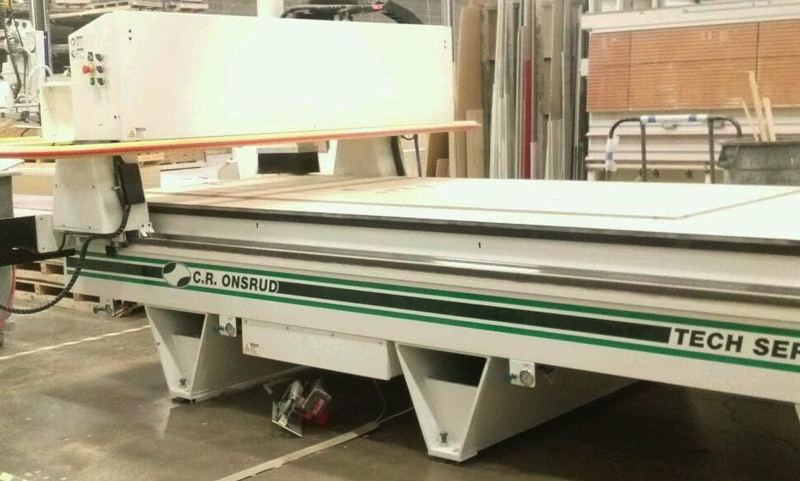
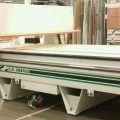
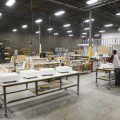
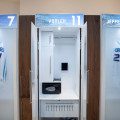
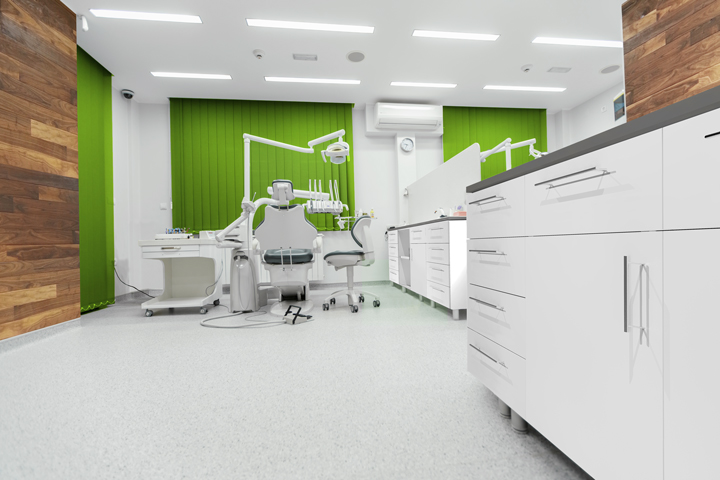
Sorry, the comment form is closed at this time.